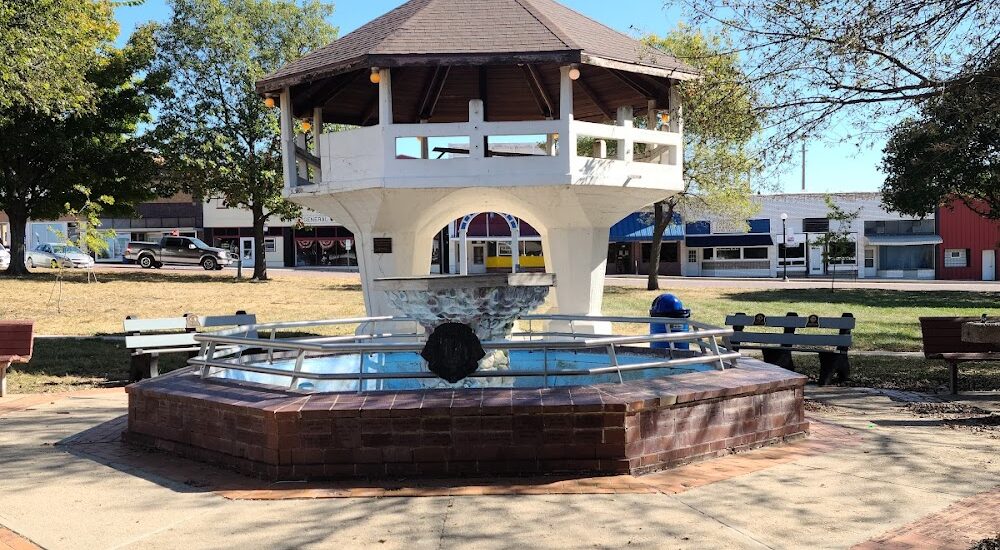Welcome to the Humboldt Commercial Historic District, a place that echoes the rich history of a small town in Nebraska. Founded in the late 19th century, Humboldt was officially established in 1868, and later incorporated in 1873. The town’s name is believed to have been inspired by Baron Friedrich Alexander von Humboldt, a renowned explorer and naturalist admired by one of the town’s founders, O.J. Tinker. Early settlers, including the Nims brothers, played a pivotal role in establishing the town’s first businesses, with the first store built near the bridge on Long Branch.
The town square became the heart of Humboldt, a focal point for community gatherings and events. It was here that the Humboldt Fall Festival began in 1921, later merging with the Richardson County Fair in 1924, drawing crowds and celebrating local culture and agriculture.
Humboldt’s architectural landscape was shaped during its peak in the 1930s, with many of the buildings in the district reflecting the prosperity of that era. The streets, paved with bricks in 1920, and the construction of the auditorium in 1942 as a Works Progress Administration project using local limestone, are testament to the town’s growth and modernization efforts.
Notable figures include O.A. Cooper, who established Humboldt Mills, later known as Cooper Feed, contributing significantly to the local economy. Medical care was advanced by early physicians such as Dr. James Gandy, and by 1940, Humboldt had its first hospital thanks to Dr. Harlan Heim.
The Humboldt Commercial Historic District was added to the National Register of Historic Places in 2005, preserving its legacy and architectural charm. Today, visitors can stroll through the district and imagine the bustling energy of a town once at the center of local commerce and culture.






